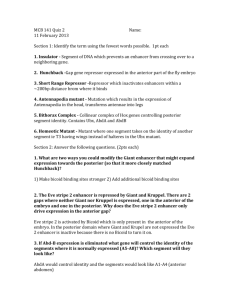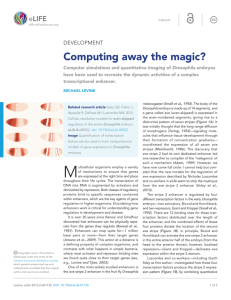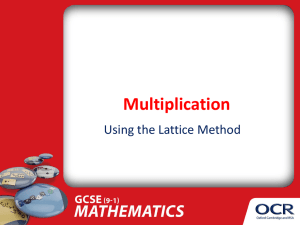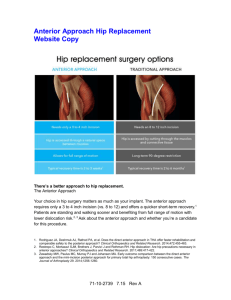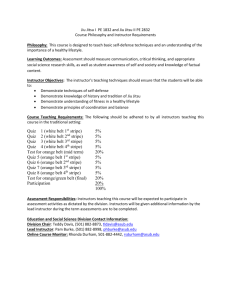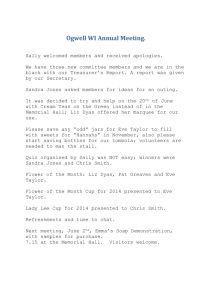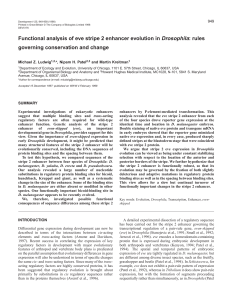answers
advertisement
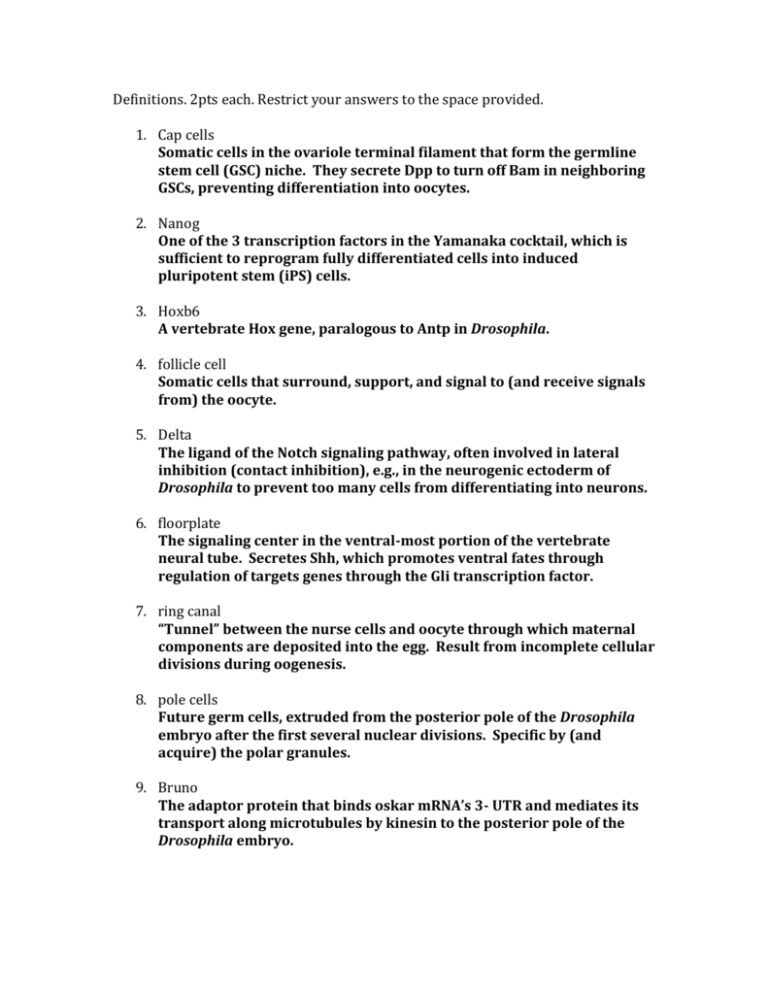
Definitions. 2pts each. Restrict your answers to the space provided. 1. Cap cells Somatic cells in the ovariole terminal filament that form the germline stem cell (GSC) niche. They secrete Dpp to turn off Bam in neighboring GSCs, preventing differentiation into oocytes. 2. Nanog One of the 3 transcription factors in the Yamanaka cocktail, which is sufficient to reprogram fully differentiated cells into induced pluripotent stem (iPS) cells. 3. Hoxb6 A vertebrate Hox gene, paralogous to Antp in Drosophila. 4. follicle cell Somatic cells that surround, support, and signal to (and receive signals from) the oocyte. 5. Delta The ligand of the Notch signaling pathway, often involved in lateral inhibition (contact inhibition), e.g., in the neurogenic ectoderm of Drosophila to prevent too many cells from differentiating into neurons. 6. floorplate The signaling center in the ventral-most portion of the vertebrate neural tube. Secretes Shh, which promotes ventral fates through regulation of targets genes through the Gli transcription factor. 7. ring canal “Tunnel” between the nurse cells and oocyte through which maternal components are deposited into the egg. Result from incomplete cellular divisions during oogenesis. 8. pole cells Future germ cells, extruded from the posterior pole of the Drosophila embryo after the first several nuclear divisions. Specific by (and acquire) the polar granules. 9. Bruno The adaptor protein that binds oskar mRNA’s 3- UTR and mediates its transport along microtubules by kinesin to the posterior pole of the Drosophila embryo. 10. Cbx An allele of Ubx containing a regulatory mutation that drives expression only in the T2 segment. Ubx/Cbx heterozygotes have no wings, and have halteres in T2 and T3. Cbx/Cbx mutants have halteres in T2 and wings in T3 (due to derepressed Antp expression here). 11. Macho-1 A maternal determinant whose mRNA localizes to the B4.1 blastomeres of Ciona and whose protein product specifies the tail muscle cell fate in the progeny of these cells. 12. Mediator A transcriptional activator that recruits RNA pol II to the promoter. 13. Paralogous The most similar of all homologous genes in the genome of another organism. Describes serial homology of liked genes in complexes. 14. Syncytium Mutiple nuclei in a common cytoplasm (e.g., the early fly embryo), not separated by cell membranes. 15. HES repressor Gene activated in cells of the Drosophila neurogenic ectoderm next to Delta-expressing neural precursors. Prevents neurogenesis in these cells. Delta Notch HES --| neurogenesis. Short answer. 5 pts each. Restrict your answers to the space provided. 1. Ophthalmoptera is a homeotic mutant in Drosophila that causes the formation of wing tissues in the eye. Could this be caused by the misexpression of Ubx? No. Ubx suppresses T2 features, including wing development, and induces T3 features, such as halteres. (Only a T2-specifying gene, i.e. Antp, could transform the segment into one with T2 features.) 2. Name that phenotype. Triple mutant. Polycomb-/Polycomb-; Abd-B-/Abd-B-; Antp-/AntpAll segments take on A1-4 identity. Without Abd-B to prevent more-posterior expression and without Polycomb to prevent more-anterior expression, abd-A is expressed throughout the embryo, yielding A1-4 fates in all segments. Posterior prevalence keeps all the other Hox genes off. 3. Predict the consequences of removing the 3- UTR from the Ash1 mRNA in budding yeast. Ash1 mRNA will no longer localize to the daughter cell during budding. Ash1 protein will then repress HO in any cell in which it is present, preventing mating type switching (from a to alpha) in that cell. IF Ash1 diffuses to be present in both cells, neither can switch. IF Ash1 remains in the mother cell only, the daughter cell can undergo mating type switching, but the mother can’t. 4. Propose a model for why olig2 expression is restricted to the MN neuron and absent in the V3 interneuron. Nkx2.2 in V3 interneurons, activated using low-affinity binding sites by high levels of Shh (=> high levels of nuclear Gli), represses Olig2. Thus, even though Olig2’s intermediate affinity Gli binding sites could drive expression at high levels of Shh/Gli, it is kept off by Nxk2.2 in V3 interneurons. Nkx2.2 is not turned on in MN, but Olig2 is because of its higher affinity Gli binding sites. (Compare this to repression of rho and Sog by Snail downstream of Dorsal in Drosophila dorsoventral patterning). 5. Niches restrict stem cell proliferation. We discussed Dpp/BMP in class. Suggest another signaling pathway that would be ideally suited for this purpose. Notch signaling is another pathway that would be ideal for this. Like Dpp signaling in the germline stem cell niche, Notch signaling requires direct contact with the neighboring cell sending the signal. Problem sets. Restrict your answers to the space provided and be sure to justify your answers. 1. (10 pts). Propose a strategy for reversing the anterior-posterior axis of the Drosophila embryo. Generate a female fly in which the endogenous bicoid and oskar genes have been deleted, and in whose genome two transgenes have been inserted: bicoid coding sequence with the oskar 3’ UTR, and oskar coding sequence with the bicoid 3’ UTR. These will be transcribed, and the mRNAs will be transported from the nurse cells to the oocyte. Now, the new bicoid:osk3’UTR mRNA will be bound by Bruno and transported to the posterior pole of her embryos, so bicoid protein will be present there instead of in the anterior. The new oskar:bcd3’ UTR mRNA will localize to the anterior, so oskar protein will be there. Bicoid is the anterior determinant, and oskar the posterior determinant. So, localizing them to the opposite poles is sufficient to flip the anterior-posterior axis. 2. (15 pts). Predict the phenotype of an embryo derived from an egg containing the pipe coding sequence attached to the Bicoid promoter and 3- UTR. Assume that the activity of the endogenous pipe gene has been eliminated. Transcription of this “pipe” gene will be driven in the nurse cells by the bicoid promoter, and its mRNA will be transported into the oocyte. Once there, it will localize to the anterior pole, because it contains bicoid’s 3’ UTR. Here, the mRNA is translated, and Pipe protein is consequently secreted from the anterior end of the embryo. As a sulfotransferase, it will make sulfur group modifications to the ECM there, leading to cleavage of proSpz to produce active Spz* in the anterior ECM. Spz* will activate Toll signaling, leading to degradation of Cactus in the anterior of the syncytial embryo. Dorsal will be released to enter anterior nuclei, turning on Snail at high nuclear concentrations (at the anterior pole) and rho and Sog at lower concentrations (slightly farther from the pole). No posterior Pipe no ECM modification no Spz* no Toll signaling Cactus not degraded no Dorsal in nuclei no ventral gene expression in the posterior. The resulting anterior-to-posterior Dorsal nuclear gradient produces ventral fates at the anterior end of the fly, and dorsal fates at the posterior end. 3. (20 pts). Consider the eve stripe 3 and stripe 4 enhancers. Both enhancers are regulated by ubiquitous activators, as well as the localized Hunchback and KNirps repressor gradients in anterior and posterior regions, respectively. a. Propose a model for why higher levels of Hunchback are required to establish the anterior stripe 3 border than the anterior stripe 4 border. The hunchback binding sites in the stripe 3 enhancer are lower affinity than those in the stripe 4 enhancer, so they require higher levels of hunchback to be bound and effectively repressed. There may also be fewer hunchback binding sites in the stripe 3 enhancer. b. Why are higher levels of Knirps required to establish the posterior stripe 4 border than the posterior stripe 3 border? Sites in the stripe 4 enhancer have lower affinity (are less optimal) for Knirps than those in stripe 3. There may also be more Knirps binding sites in the stripe 3 enhancer. c. Why isn’t the eve stripe 5 enhancers repressed by Knirps in the presumptive abdomen of early embryos? Short-range repression. Knirps present on the eve 3 and eve 4 enhancers does not interfere with expression driven by the eve 5 enhancer, because it is too far away. d. The stripe 3 enhancer is located upstream of the eve transcription unit while the stripe 4 enhancer is located downstream. Predict the consequences of placing the two enhancers next to each other on the expression of a linked reporter gene. Now, the enhancers are close enough to each other that repressor bound to one will be able to affect the other. So, in what would be stripe 4: hunchback bound to eve 3 will repress eve 4-driven expression, even though hunchback levels are too low here to bind eve 4 itself. Likewise, in what would be stripe 3: Knirps bound to eve 4 will repress eve 3-driven expression, even though Knirps levels are too low here to bind eve 3 itself. As a result, reporter gene expression is reduced (or even absent) in both stripes compared to a construct in which the enhancers are separated by a long distance.
